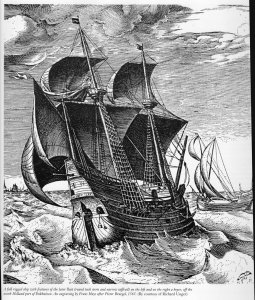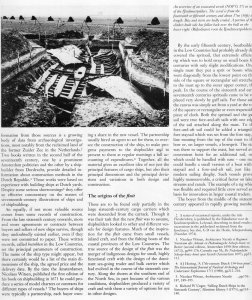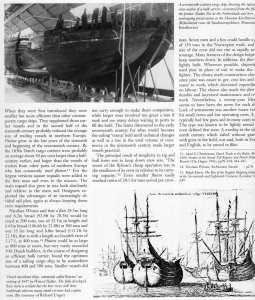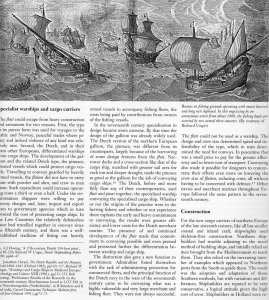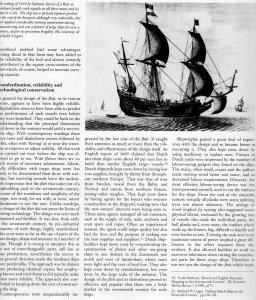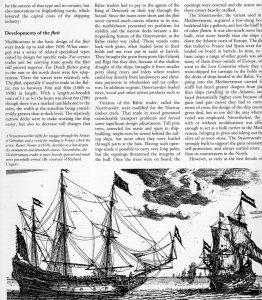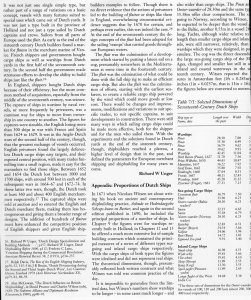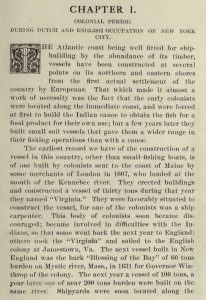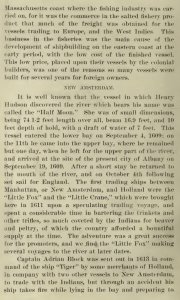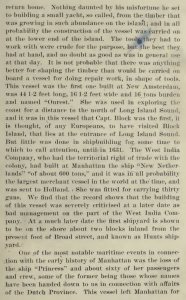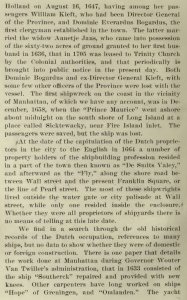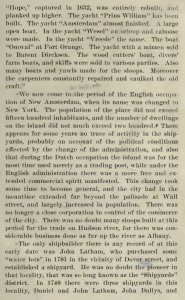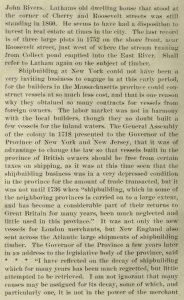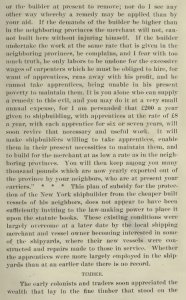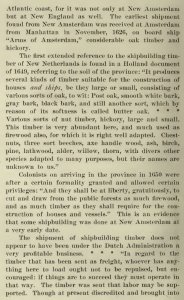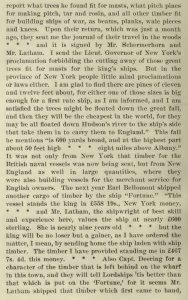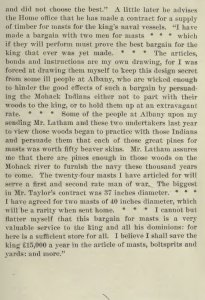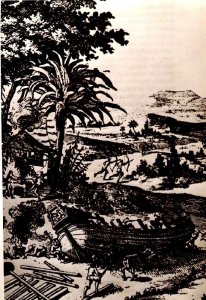Background of early Dutch visits to New York area:
My research so far is trying to identify just the Fortuyn class:
My current plans:
- 1609; Henry Hudson, on board the Halve Maen (Half Moon), discovered the New York area.
- 1611; St. Pieter, captained by Cornelis Rijsen
- 1612; Tiger, captained by Adriaen Block and Fortuyn (Fortune), captained by Hendricks
- 1613; Nachtegael (Nightingale) captained by Volckertsz Messel.
- 1613; Fortuyn, different ship from the one captained by Christiansen in 1612, this one is captained by Cornelis Jocobsz Mey (sometime listed as May). This is the ship I an interested in.
- 1614 thru 1621; The area was wide open to trading and many ships were coming and going.
- 1621; The West India Company was granted a Ten year Chart for exclusive trading.
- Fortuyn was one of the ship of the New Netherland Company. Within The New Netherland Company, the sole owners of the Fortuyn were three member of the Company from Hoorn, Netherland Peter Clementssen Brouwer, Jan Clementssen Kies, and Cornelius Volkertssen Viele (My Grandfather 9th remove, hence my interest in this ship)
- Several references list him as Cornelius Volckertssen or Cornelius Volkertssen Seyelmaker. The family change their last name from Seyelmaker to Viele about this time.
- He return to New Netherland after 1621 and was a trader and sailor. He gave up sailing when he married in 1638. He started the Viele clan in America
My research so far is trying to identify just the Fortuyn class:
- Most of my research was the Viele Genealogy Records 1613-1913, compiled by Katherine Knickerbocker, several New York historical Internet sites, and early 1600 models Info. Not much information on Dutch ships of the early 1600’s. Ships names and their captains are about all I can get. The only record of class was a brief mention in the Viele Genealogy, that stated it was a Sloop. Which as far as I can tell about sloops of that time period, was that they were small and single masted. I have many doubt that Cornelius Jocobs Mey would have sailed to New Netherland in a sloop. I thought more along the line of the size of the Hudson’s ship the Half Moon, which was classed as a Yacht about 80 tons, it was a three masted square rigger. The next step up would be the Fluyt, 100-200 tons, a three masted square rigger (e.g. Mayflower enough though she was english she was classified as a Fluyt). All these class were merchant ships and lightly armed. Also looking into the Duyfken, a barque of 110 tons built in 1607.
My current plans:
- Presently I just finishing some repair to my Scottish Maid.
- I’m ready to start my build on the HMS Endeavor.
- After that, I would like to do a Fortuyn build.
- First decision scratch build or modify a kit (I will most likely be looking for recommendation on this one).
- The Theme would be around Roman Goddess Fortuna, in the book Historic Ship Model by Wolfram zu Mondfel, page 255, there a drawing on a sail that depicts Fortuna on it. Also there's a lot of statues to use as examples. It would be nice if there was a figurehead, but most likely I will get a chance to try my hand at carving. Probably will not have to do to much decorating, the class of ships I’m looking at from the early 1600 did not have elaborate decorations. Also what classification and size to use, this most likely will be an educated guess Right now I’m looking at something between the Mayflower and the Half Moon, maybe Duyfken. Maybe use one of them as a base kit or ship drawings.







